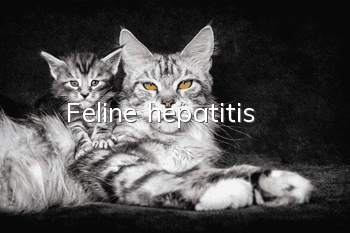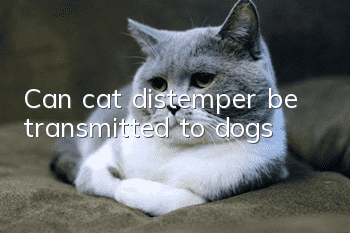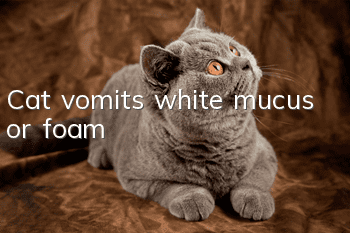Feline hepatitis

Phenomena of cat hepatitis:
1. Acute hepatitis in cats: Symptoms such as loss of appetite, listlessness, and weight loss may occur, and the body temperature will be normal or slightly elevated when measured. In severe cases, vomiting and jaundice may occur. Jaundice generally manifests as yellowing of the eyes, yellow urine, and even yellowing of the skin. If the above symptoms occur, you need to take the cat to the pet hospital for examination in time, do biochemical indicators, check whether the liver indicators are abnormal, and then actively treat it.
2. Chronic hepatitis in cats: Generally refers to a condition that has been onset for a long time. The main clinical symptoms are inactivity, easy fatigue, loss of appetite, etc., and occasionally nausea and vomiting. At the same time, jaundice may appear throughout the body.
Methods for treatment and care of feline hepatitis:
1. It is recommended to use antibacterial drugs in combination with aminoglycosides to treat feline hepatitis. Treatment is usually 6-8 weeks, and if there is no improvement, steroid drugs will be used to repair the tissue damage. Nutritional support therapy is also an important treatment. In the short term, cats can be fed a mixture of cooked rice and skimmed milk powder and cheese, or liver-related prescription food.
2. Eat a light diet to ensure nutrition. Eggs, fish, vegetables and other foods can be fed. Be sure not to feed your cat greasy or irritating food, such as food with chili peppers.
3. Minimize the amount of exercise the cat does to avoid increasing the burden on the cat’s liver. Let the cat rest more, and pay attention to keeping the cat warm and not to catch a cold.
- What to do if bitten by a cat? How to train a cat not to bite?
- What are the habits of Ragdoll cats?
- Is it good for cats to eat only cat food? How much impact will it have on the cat’s health?
- How to get a kitten to get close to you
- What should be done to improve the condition of Ragdoll cats? I’ll teach you a few methods!
- Do all cats like to have their chin scratched?
- What are the tips for grooming Siamese cats?
- Can cats eat honey?
- What is the difference between American Shorthair and British Shorthair? How to tell the difference between a British Shorthair cat and an American Shorthair cat?
- How to tell if your cat is full?



